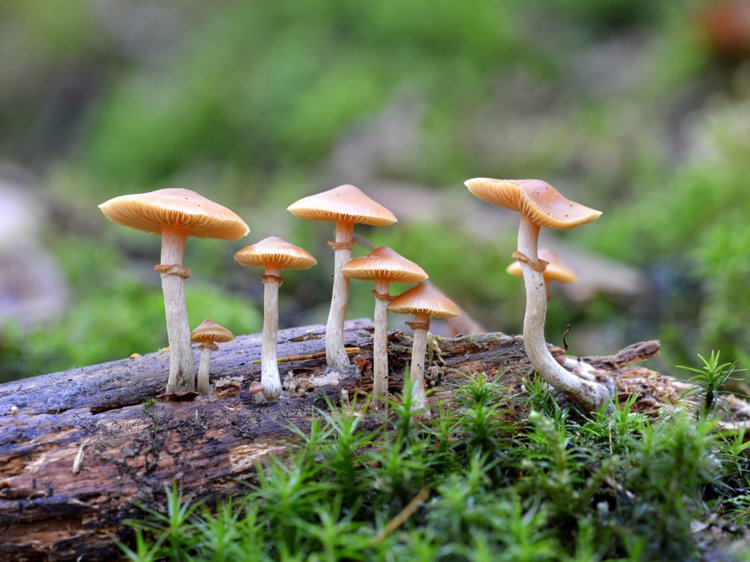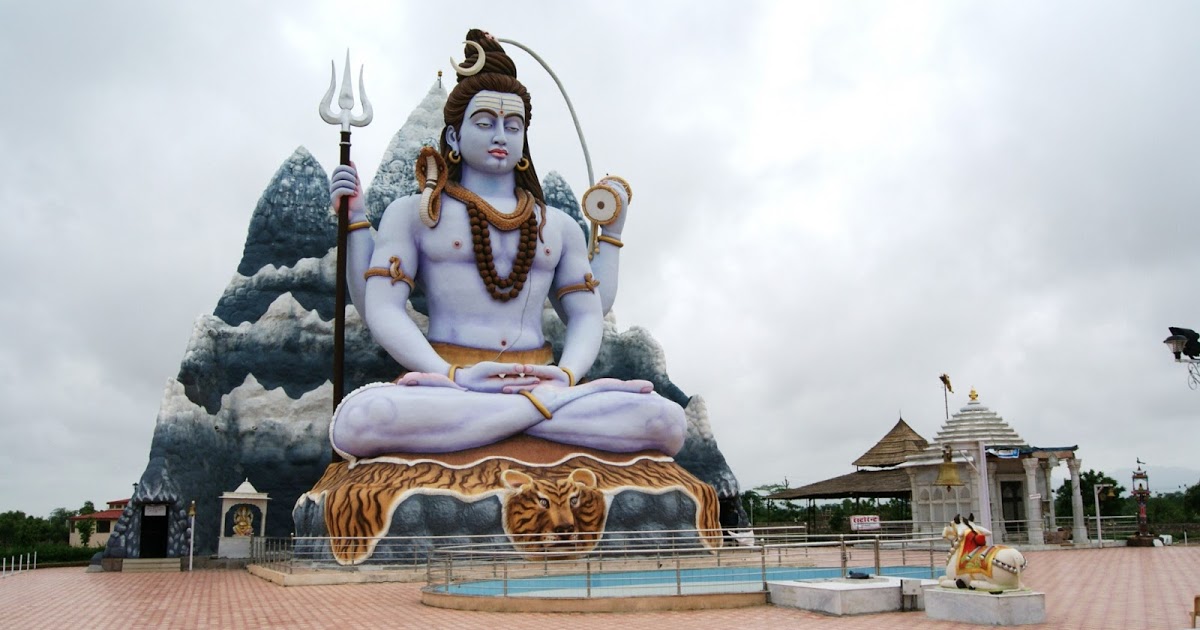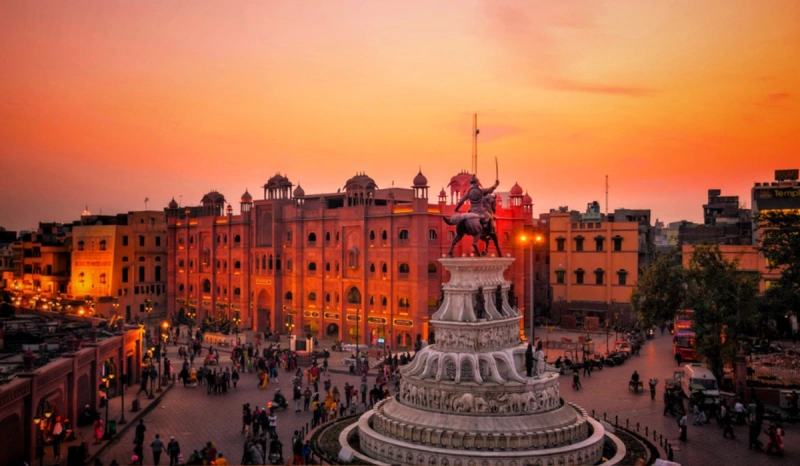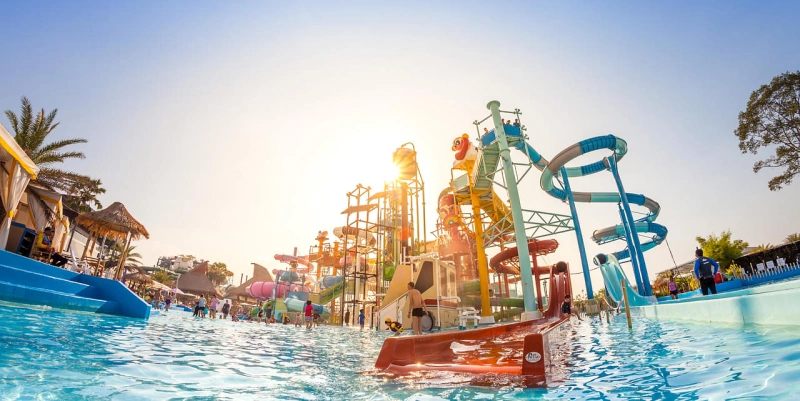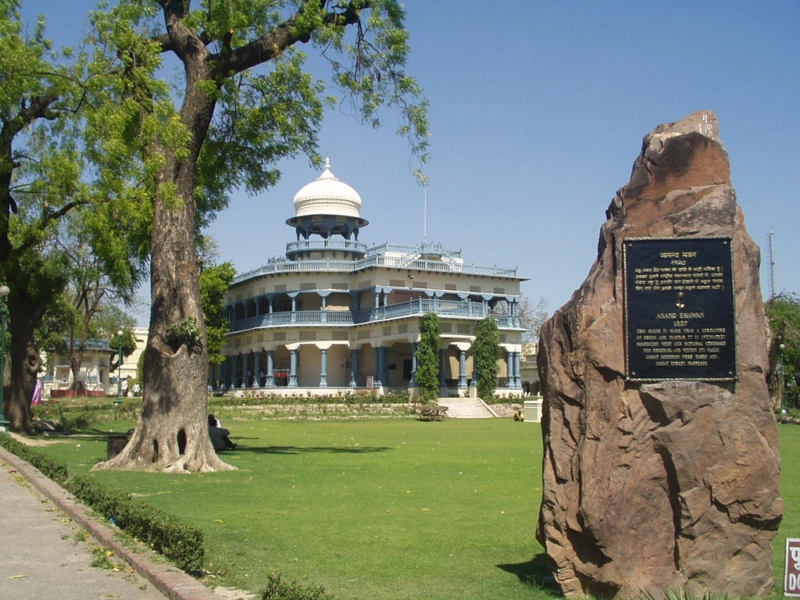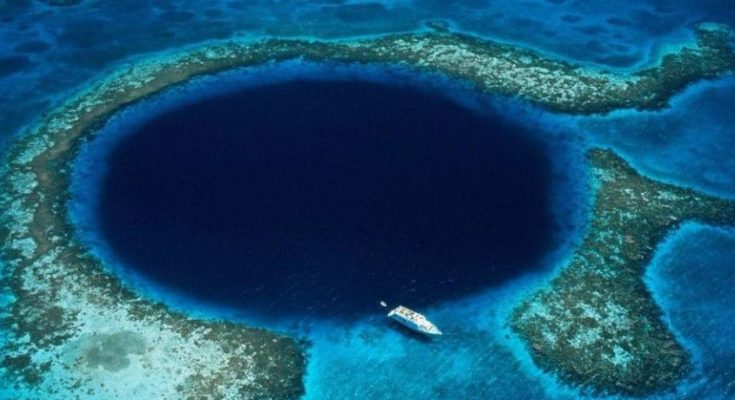
Explore Mariana Trench : Facts
You all must have read the name of Mariana Trench or maybe not, because it is a mysterious place which has not yet been completely discovered. This trench is the deepest known place on the Earth. It is a crescent shaped depression and like any other underwater place remains unexplored. It is believed that it is as deep as 36,070 feet but these are not the exact figures. It is almost impossible to know the depth of this place.Nevertheless to mention that no one knows what lies under those waters and what may surface from it in the near future. This trench is a US National monument. Many superstitious beliefs also suggest that it has worlds largest beasts and animals that will rise up to destroy the world. We do hope the day never comes. Lets explore this unexplored place.

- Mariana Trench is also known as Marianas Trench. It is the crescent shaped trench located in the western Pacific Ocean and it has the deepest part of the world's oceans.
- The Challenger Deep in the Mariana Trench region is the deepest spot on earth, measuring over 11 kilometers in depth.
- Even if the highest peak in the world i.e. The Mount Everest is submerged in its water, the topmost peak of the mountain would still be a whole mile below the surface.
- It is an interesting fact that the pressure exerted by the water column at the bottom of the trench is over thousand times more than the standard atmospheric pressure at the sea level!
- Due to the excessively high pressure exerted by the water column, the density of water at the Trench increases by about 5 percent, which means that 85 liters of water at the bottom of trench will have the mass equal to 90 liters of water at the surface.
- The water at the Mariana Trench is so cold that humans cannot survive in there. The water temperature varies from 1 degree Celsius to 4 degree Celsius.
- The overall length of the trench is about 2,550 kilometers but its width is only 69 kilometers.
- We all know that the earth is not a perfect sphere. To be more specific the radius at the poles is about 25 kilometer less than the radius at the equator. The reason why the bottom of the Mariana Trench is not the closest point to the center of the earth.
- According to a research the trench is believed to be as primitive as 180 million years old.
- There is a water pressure of 8 tons per square inch at the bottom of the trench which is like the weight of 50 trains placed on the top of a person.
- The trench has hydrothermal vents at the floor that have a temperature of around 300 degrees around them. But on the other hand the seabed floor has a temperature of approximately 4.4 degrees centigrade.
- The trench has a very toxic environment and this is because of the highly acidic & hot, and the highly basic & cool environment in the trench. But even then a variety of life thrives here.
- Through some sample studies conducted at the Challenger Deep, the oceanographers have revealed that as many as 200 different micro organisms are living in the region. Two inch long amphipods or shrimp-like crustaceans have been known to be thriving in the trench so far.
- The Challenger Deep has been named after the two vessels, called the HMS Challenger and HMS Challenger II that helped in discovering this trench.
- During a global circumnavigation in 1875, the Mariana Trench was revealed by HMS Challenger with the use of sounding equipment.
- About 76 years later the trench was sounded again by HMS Challenger II.
- Bathyscaphe Trieste (a deep boat), was the first ever vessel to have explored the Challenger Deep in 1960. It was manned by a Swiss scientist Jacques Piccard and a US navy Lieutenant Don Walsh.
- The 10 cm single celled amoebas, called ksenofiofory are found here and they are resistant against multiple elements and chemicals, such as, mercury, uranium and lead.
- Champagne Vent is the only underwater area where carbon dioxide can be found. It is present outside the Okinawa Trough near Taiwan.
- The Champagne Vent was discovered in 2005. It was initially regarded as the source of harmless water, but later it was revealed that it emits pure carbon dioxide. The name Champagne Vent was given due to the presence of bubbles in the water.
- The Trench also has a volcano at a depth of about 414 meter and is called the Daikoku volcano. In Daikoku there is a pit called the "pot", which has a lake of pure molten sulfur that is boiling at 187 degrees Celsius. It is the rarest phenomenon on Earth.
- This is a proof that only 5 percent of the seabed has been explored and mapped so far, the remaining still remains unknown.
- The bottom of the trench is layered in icky, glutinous ooze. This is because everything that gets there ends up into a fine, grayish-yellow almost silky sludge due to the immense water pressure.
- The Mariana Trench is US National Monument by an act signed by the US President George Walker Bush in 2009.


